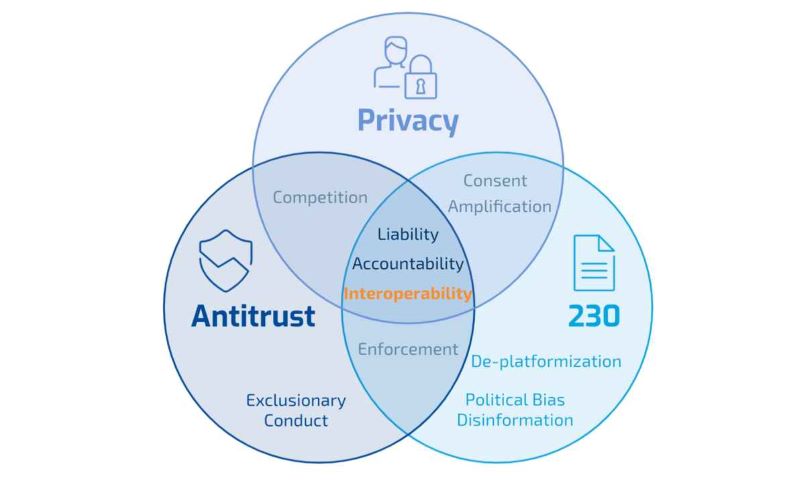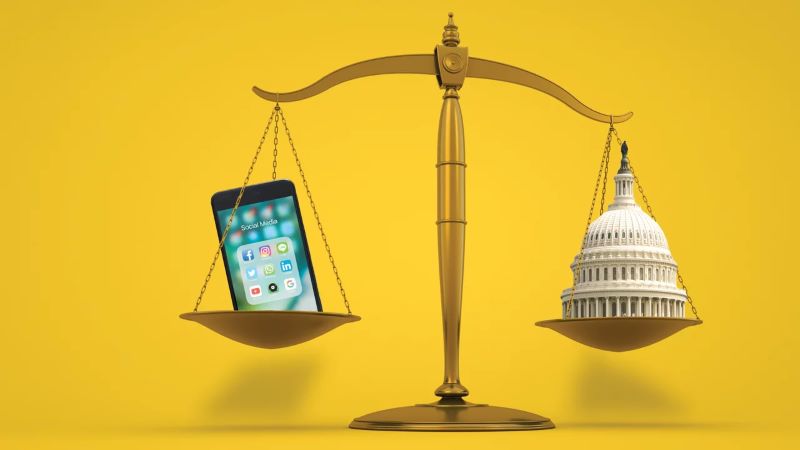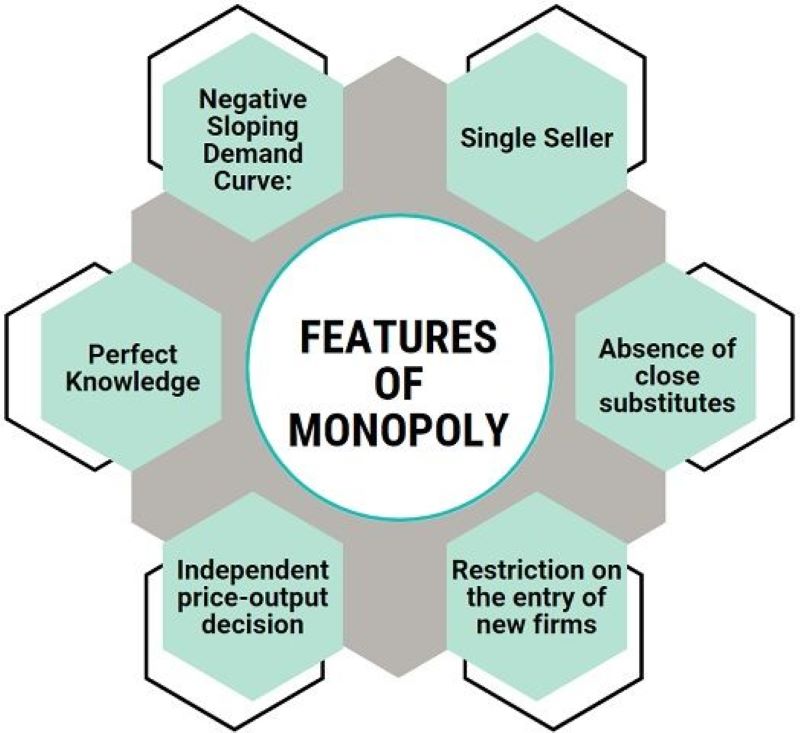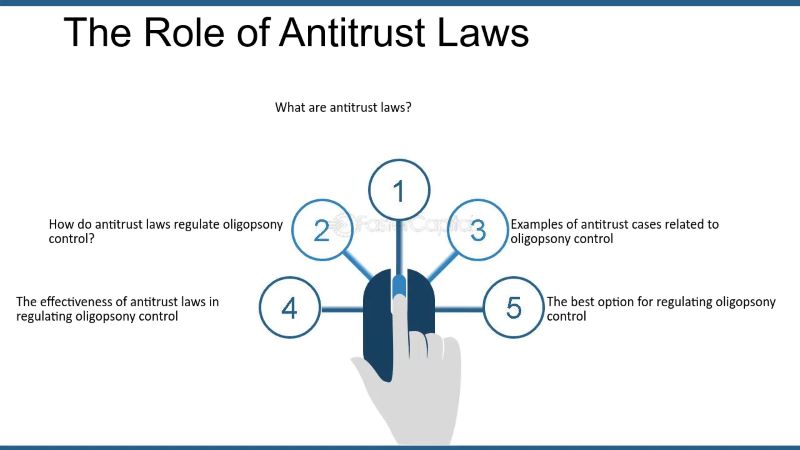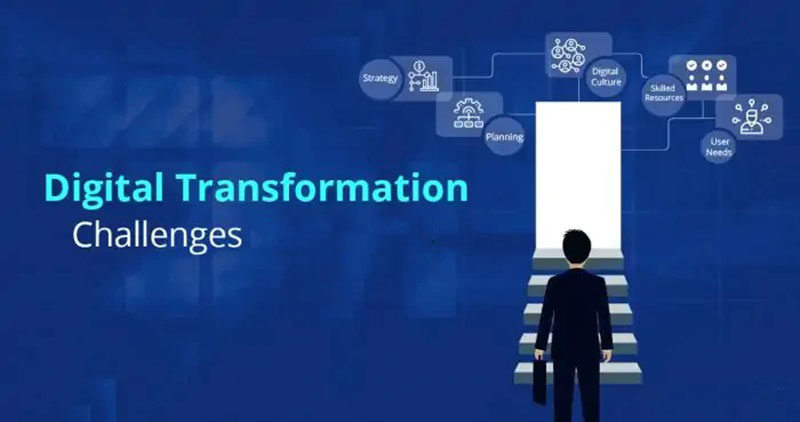Imagine a market where the big fish always eat the little ones. No fun, right? Now, add the role of antitrust regulation in fostering innovation. Suddenly, the small fish get a fighting chance to show their unique colors and shake things up! That’s what this post is about – breaking down how antitrust laws are not just rules, but powerful tools to fuel creativity and fresh ideas. Let’s dive into the nuts and bolts of these regulations and unearth the secrets to sparking new technologies and breakthroughs. Ready to see how keeping the market play fair leads to a win-win for inventors and consumers alike? Let’s jump in!
Understanding the Mechanics of Antitrust Regulation and Innovation
Historical Overview of Antitrust Laws
Antitrust laws started in America over 100 years ago. They help keep markets fair and open. The main ones are the Sherman Act and the Clayton Act. The Sherman Act fights against power plays by big businesses, like fixing prices. The Clayton Act stops mergers that may reduce competition. These laws keep our markets moving.
Analyzing the Relationship Between Competition and Technological Advancements
When firms compete, they push each other to be better. This chase leads to great new ideas. It’s just like in sports; the best fight to be top. Monopoly power can hurt this drive. Big fish in a little pond don’t have to swim as fast. Antitrust law steps in to fix this. It cracks down on unfair play and helps everyone get a fair shot.
But wait, is this fight good for tech growth? Yep, you bet! When small and big companies battle it out, we all win. Consumers get the best gadgets and services, and prices stay in check. Also, startups get a chance to shine. They bring fresh ideas that can change the game.
Sometimes, though, a company might get way ahead. Is that always bad for innovation? Not really. If they got there by being the best, without squishing others, it can be good. They have the cash to invest in wild new things. But if they play dirty to stay on top, that’s when antitrust laws swoop in. They work to bring fairness back.
Antitrust laws have this big job. They make sure no one holds all the keys to the kingdom. They stop anyone from blocking the door to new folks with big dreams. These laws keep a watchful eye on price bullies, too.
You might wonder, do these rules really help us get cool, new stuff? They sure do. Enforcing fair play means businesses big and small keep their thinking caps on, trying to beat everyone else to the next big thing. This race pushes tech forward, fast.
That’s the power of competition. It lights a fire under everyone. Every new rule, case, and law aims to stoke those flames. We want our tech world to grow and wow us every day. Antitrust laws are the unsung heroes in that story. They guard the heart of this wild, ever-changing adventure we call innovation.
Dissecting the Impact of Antitrust Policy on Market Structure
The Consequences of Monopoly Regulation on Creativity and Innovation
When we talk about monopoly regulation and creativity, many people wonder, “Does cracking down on big players squash their drive to innovate?” The answer is no, quite the opposite. Strong competition laws that prevent monopolies can actually drive firms to innovate more—not less. Think of it like a track race. If only one runner has the best shoes and all others are barefoot, it’s not really a race, is it? But give all runners good shoes, and the real contest begins.
Monopoly regulation keeps the market fair. It does this by making sure no single company can unfairly squash rivals or control a huge part of the market. It urges everyone to keep moving forward, to make better and more useful things. And when firms know they have to outshine their rivals, they get creative. They think out of the box. This push sparks breakthroughs that might not happen if a single giant ruled the roost.
How Barriers to Entry Affect New Innovators and Startups
Let’s shift focus to those just starting up—the small, bold newcomers. How do they fare when up against stiff market barriers and established giants? “What are the biggest hurdles for startups in a market dominated by big companies?” you might ask. Key barriers include not having enough money, facing tough rules, or just the sheer power of big brands. Barriers to entry can cool off innovation because new players either struggle to start or don’t bother at all.
Here’s where fair antitrust policies come in handy. They work to level the playing field. They help ensure that fresh, carefully thought out ideas get a fair chance to flourish. Competition enforcement benefits the entire tech world by making sure the biggest companies can’t simply lock the door behind them. This paves the way for more innovation across the board. And more players means more ideas, which can lead to better gadgets and services for everyone.
Cutting through anticompetitive practices isn’t just about fines or breaking up giants. It’s about making sure everyone plays by rules that spur innovation. By doing so, we get a bustling market where everyone, from single-person startups to tech tycoons, races to come up with the next big thing. It’s a race that thrives on talent, hard work, and, yes, sometimes, a bit of luck. But crucially, it’s a race that depends on competition to push us all forward, towards an endless horizon of possibilities and advancements that benefit us all.
Evaluating Antitrust Enforcement and Its Role in Technology Sector
Case Studies: Antitrust Actions and Their Influence on R&D Investment
We often see big companies lead the market. But, let’s think small for a moment—think startups. They’re the spark plugs of innovation, the small engines that could (and do!) drive technology forward. They just need a fair chance to race on the track.
Picture this: a giant tech leader, almost a monopoly, dominates the market. They set the rules, often making it hard for others to keep up. Now enter antitrust policy. It levels the playing field. It tells the big player, “Play fair, or there will be consequences.” These rules not only keep competition alive; they fuel research and development (R&D).
Do antitrust laws really boost R&D? Yes, they do, by keeping the market open for all. When a company knows it can’t just crush the competition, it has to innovate. That’s the only way to stay on top. It has to think of the next big thing—faster, better, more wow! And that’s when we see breakthroughs happen.
For example, when the government stepped in with antitrust actions against large firms in the past, we saw a surge in R&D. It sent a strong message: no one can rest on their laurels. This is not just theory; real cases back it up. Like when AT&T faced antitrust actions, it led to the birth of new tech companies. This shows how keeping big companies in check can spark creativity and tech advances.
Startup Growth Versus Incumbent Market Power – The Role of Antitrust Interventions
Startups are amazing. They dream big, start from scratch, and dare to challenge the norm. But there’s a Goliath in their story: incumbent market power. These are the established big players who can push around the newcomers. Can antitrust steps help David win? You bet!
Let’s talk about how. For starters, antitrust laws prevent big companies from unfair play, like price fixing or shutting others out of the market. When startups get a fair shot, they bring fresh ideas to the table. They build new tech, new apps, new ways to make life easier. They create jobs and spark more growth.
But this only works if we enforce competition laws right. They’re the guardrails that ensure the big guys don’t block the little guys. They make sure good ideas win, not just big wallets. This is crucial. It keeps the fire of invention burning bright.
Take the Sherman Act or the Clayton Act, for example. These laws aren’t just about stopping wrong; they’re about encouraging right. They say to everyone, “Come innovate, come compete, come shake things up.” This promise of fair play attracts more innovators to our tech world. It helps everyone aiming for the next great discovery.
Small businesses, newcomers, they’re all part of the mix. They need these rules to shield them as they grow. Because when they thrive, we all do. We get better tech, better choices, better prices—a better future, thanks to competition.
The Future of Antitrust and Innovation Stimulation
Emerging Trends in Antitrust Measures in Digital Markets
Picture a world where one or two companies control all tech. Sounds scary, right? That’s where competition laws come in. They stop that kind of future. In digital markets now, these laws are getting sharper teeth. Why? Because big tech moves fast!
We’ve got new ways to watch for foul play. We’re not just looking at price-fixing or someone hogging sales. We’re seeing how big fish can hurt the little ones with sneaky moves. Like when they copy ideas from small firms or lock in users so they can’t go elsewhere. These new looks help make sure the market stays a place where ideas can bloom.
Next up, we’re thinking ahead. We want to sort good growth from bad. Some mergers make things better for us all. They bring new tools or help a cool idea spread faster. But some just squash the new guy with different, fresh ideas. We’re on the lookout for those.
Did you know big tech firms own lots of patents? They can sit on them like a dragon on gold. This stops new gadgets and apps from coming up. Not fair, right? So now, folks want to shake this up. Maybe change patent laws a bit or just use them smarter.
Policy Recommendations for Aligning Antitrust Enforcement with Innovations Ecosystems
Now, what to do with all these insights? For start, we got to work with the times. Our old-school rules need an update. Antitrust folks have been busy bees. They’re crafting rules that fit how tech works today.
Take startups. They’re the seedlings of tech. We’re figuring out ways to make it easier for them – like cutting red tape and offering a hand up. Then there’s the big issue of access. What use is a great new thing if only a few can get it? We’re looking at ways to spread tech goodies far and wide.
The goal is a sweet spot. We want big companies to feel bold to invent and grow. But not so bold they steamroll over the next Steve Jobs in the garage. It’s all about balance.
Government regulation in technology is tough. No one likes being told what to do. But we’re talking about keeping the game fair for everyone. The point isn’t to slap down giants. It’s to make sure they play nice and keep the doors open for new faces and fresh inventions.
In the end, antitrust policy helps us all. By making sure no one holds too much power, it keeps the tech world healthy. It keeps the race exciting. It gives us amazing new stuff that makes life better. And isn’t that what tech’s all about? A bit of policy magic can clear the way for tomorrow’s breakthrough. So, let’s get it right and keep the wheels of innovation turning!
We talked a lot about antitrust stuff and how it changes the game in tech. We saw how old antitrust laws started and why they’re so key for fair play. Digging deep, we found out that when there’s just one big player, it’s tough for new ideas to shine. This can squash the little guys who are just starting.
We also looked at real examples where the big tech rules got checked. This is to make sure they play fair with research and new businesses. It’s a tough balance, but it keeps everybody honest and stirs up more cool stuff for us all.
Mostly, the future looks like we need smart rules that help inventors and keep things fair. We need to make sure the tech world stays wild and fresh with new ideas, so everyone gets a fair shot to invent and dream big. That’s our final thought – let’s keep our tech world exciting and make space for everyone to create.
Q&A :
How does antitrust regulation promote innovation in the marketplace?
Antitrust laws are created to protect consumers and ensure fair competition, and by doing so, they can foster innovation indirectly. By discouraging monopolistic practices, these regulations encourage companies to innovate more to stay competitive in the market.
In what ways can antitrust regulation potentially hinder innovation?
While antitrust regulation aims to promote fair competition, it can sometimes have unintended consequences. If regulations are too restrictive, they may limit companies’ ability to invest in research and development, or deter large-scale collaborations that could lead to innovation due to the fear of being seen as creating a monopoly.
What are examples of antitrust cases that have had a significant impact on innovation?
Historical cases, such as the breakup of AT&T and the antitrust case against Microsoft, have had profound impacts on their respective industries and have encouraged the emergence of new competitors and technologies. These cases often serve as benchmarks for understanding the relationship between antitrust action and innovation.
How do antitrust authorities determine when regulation is necessary to protect innovation?
Antitrust authorities typically monitor market concentration and competition to identify if and when intervention is needed. They use economic theories and models to predict the effects of market dominance on innovation and consumer choice, and enforce regulations when a single company’s dominance is deemed likely to stifle innovation.
Are there any industry-specific antitrust regulations that particularly affect innovation?
Yes, certain industries are more prone to scrutiny under antitrust laws due to their unique characteristics. For example, the tech industry, with rapidly evolving markets and technologies, often draws attention for antitrust regulation as the dynamics of competition and innovation are distinctly impactful in this sector.

